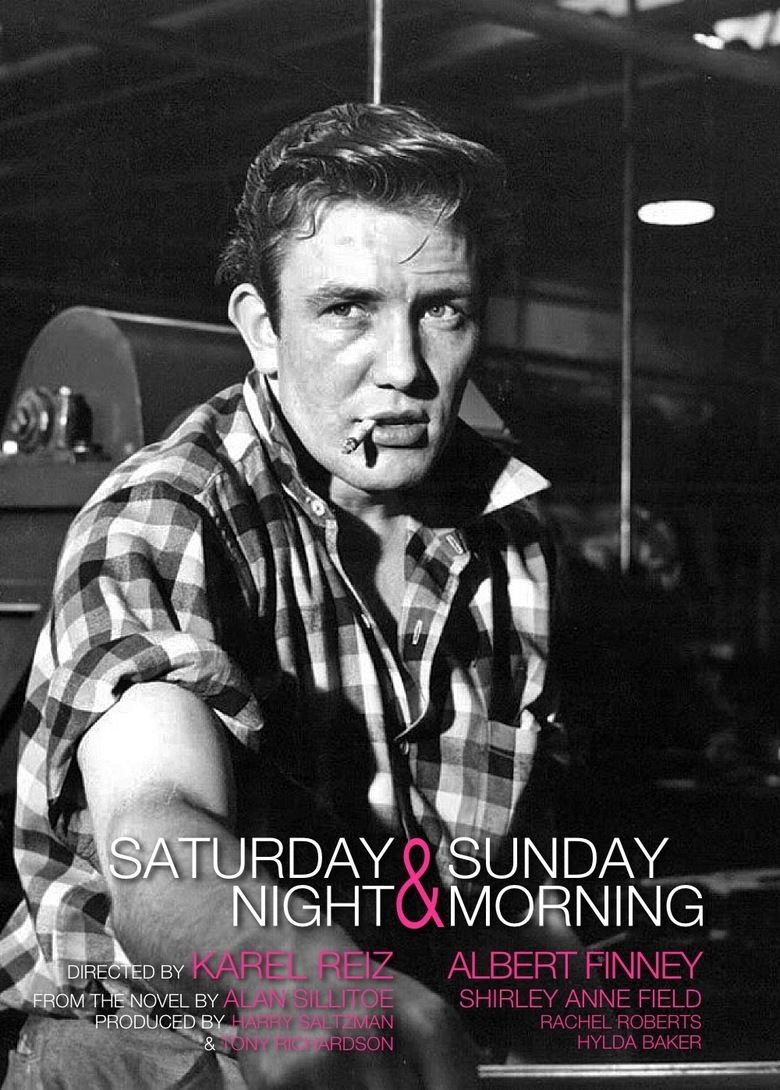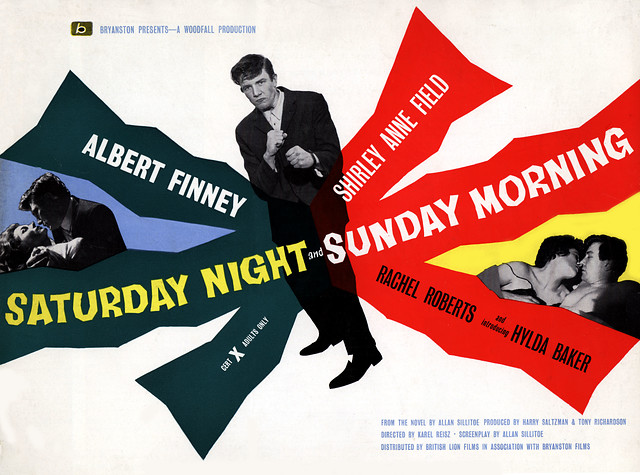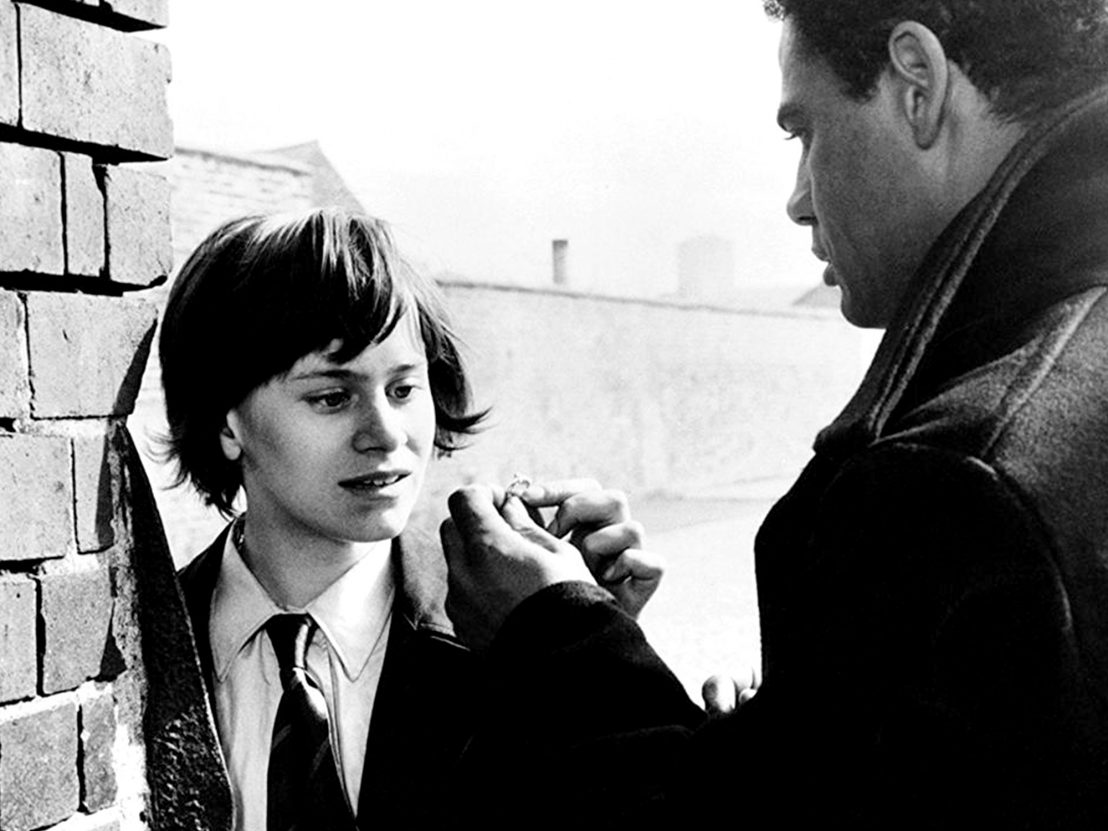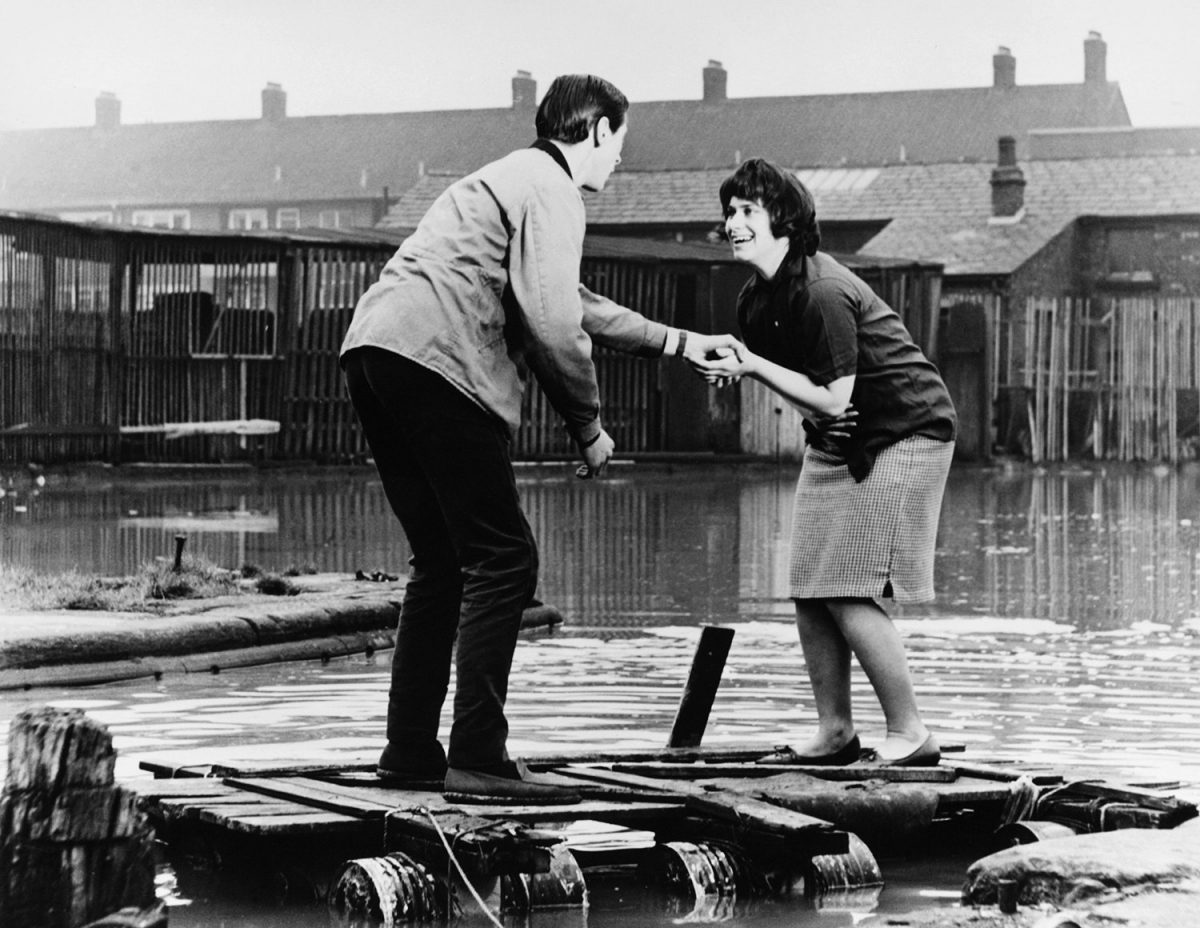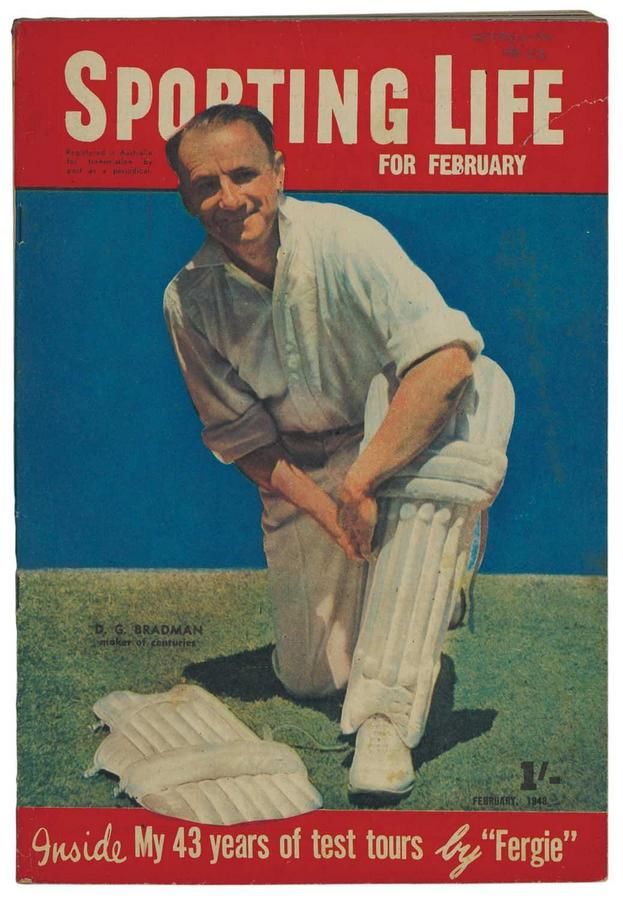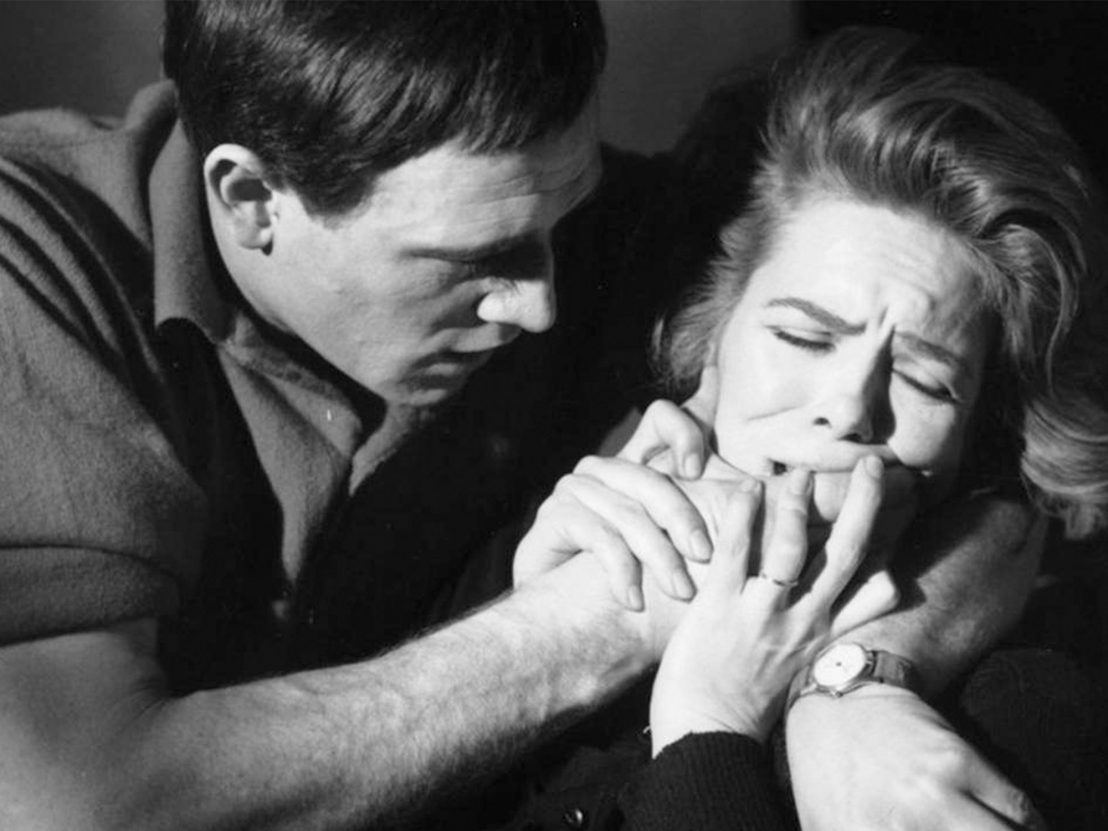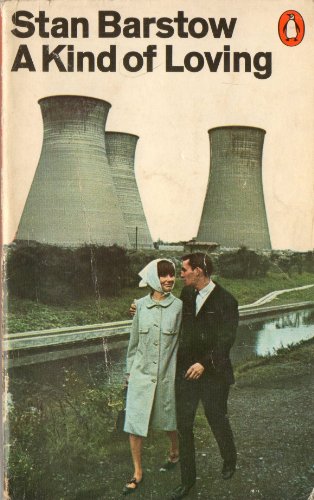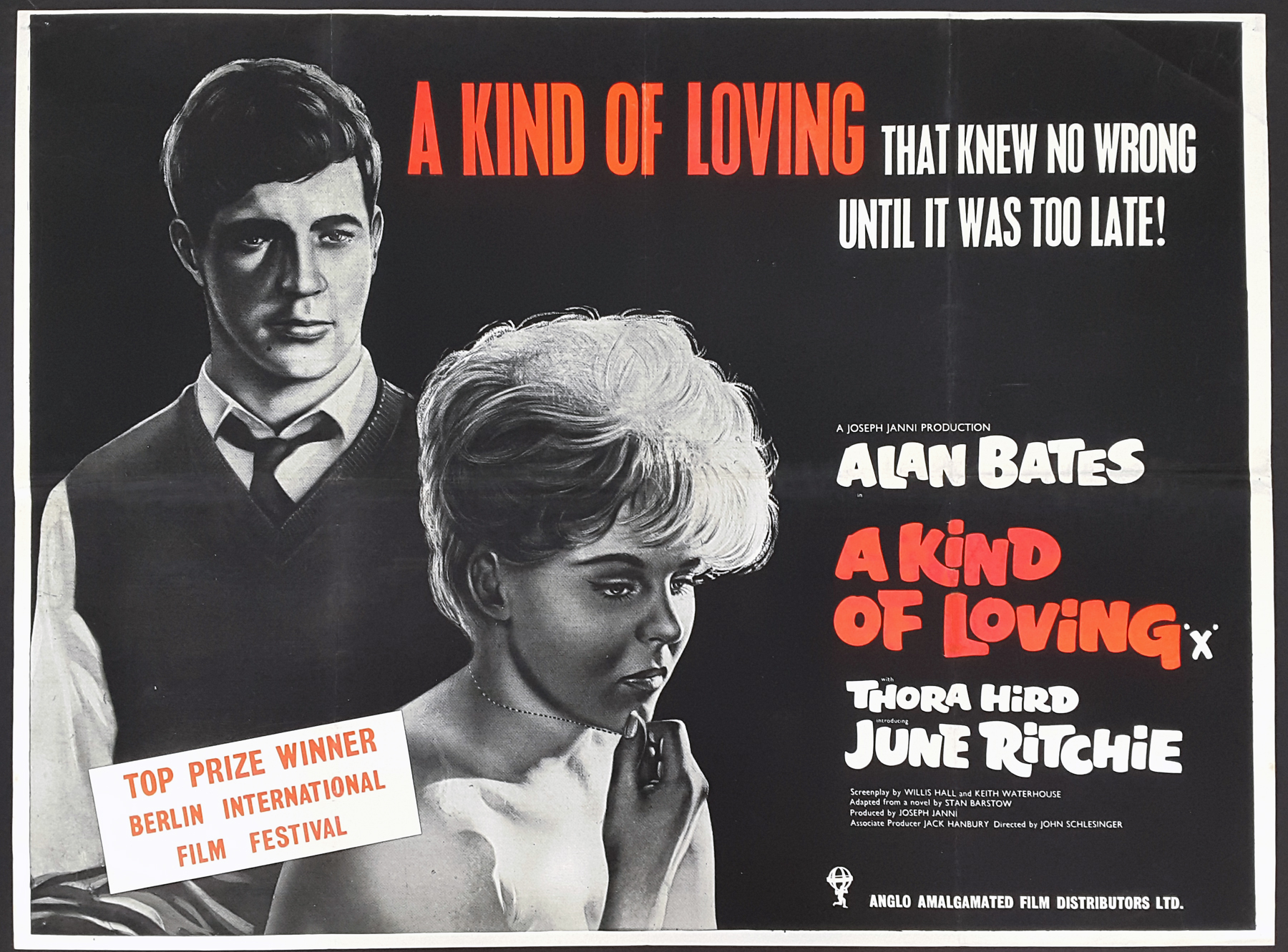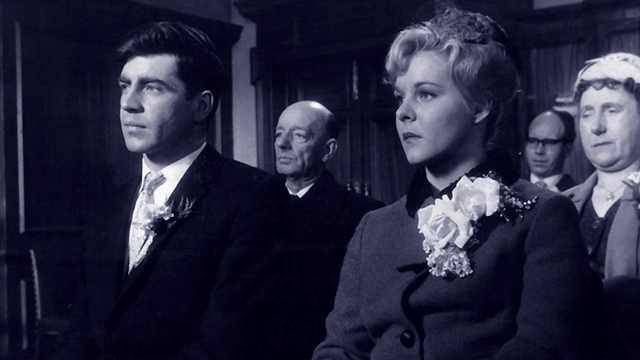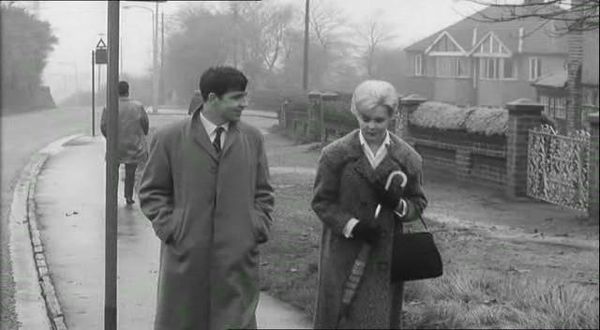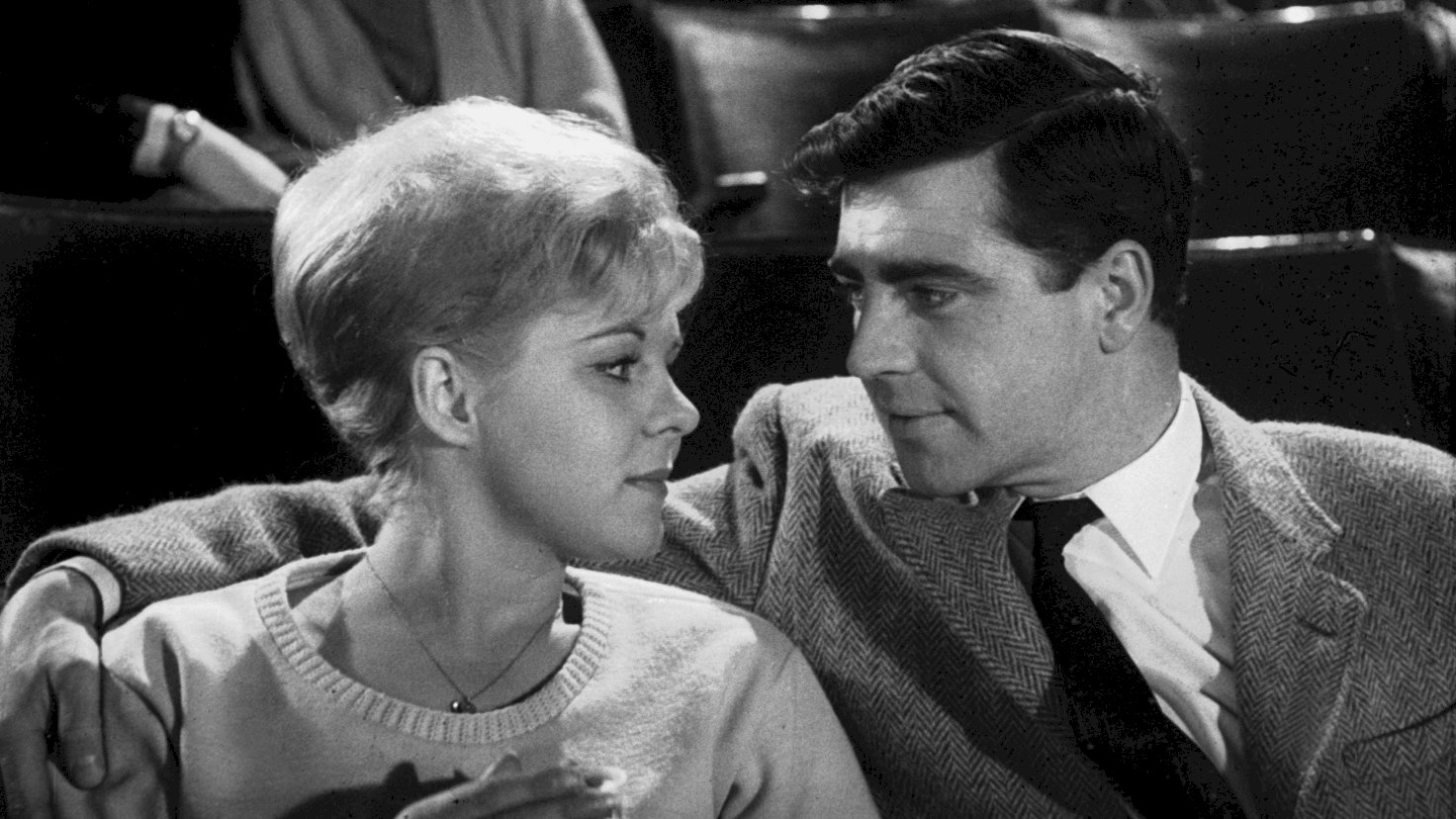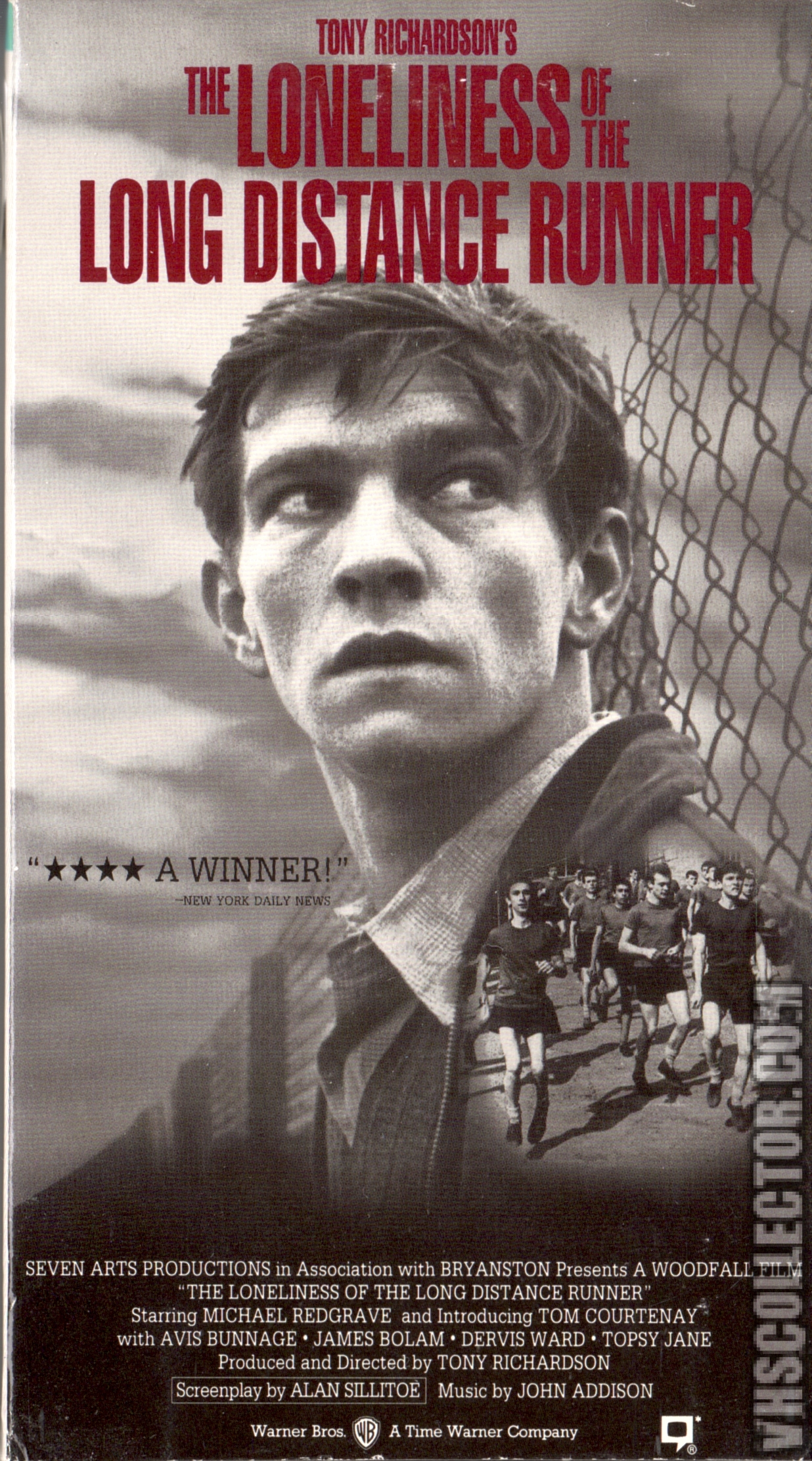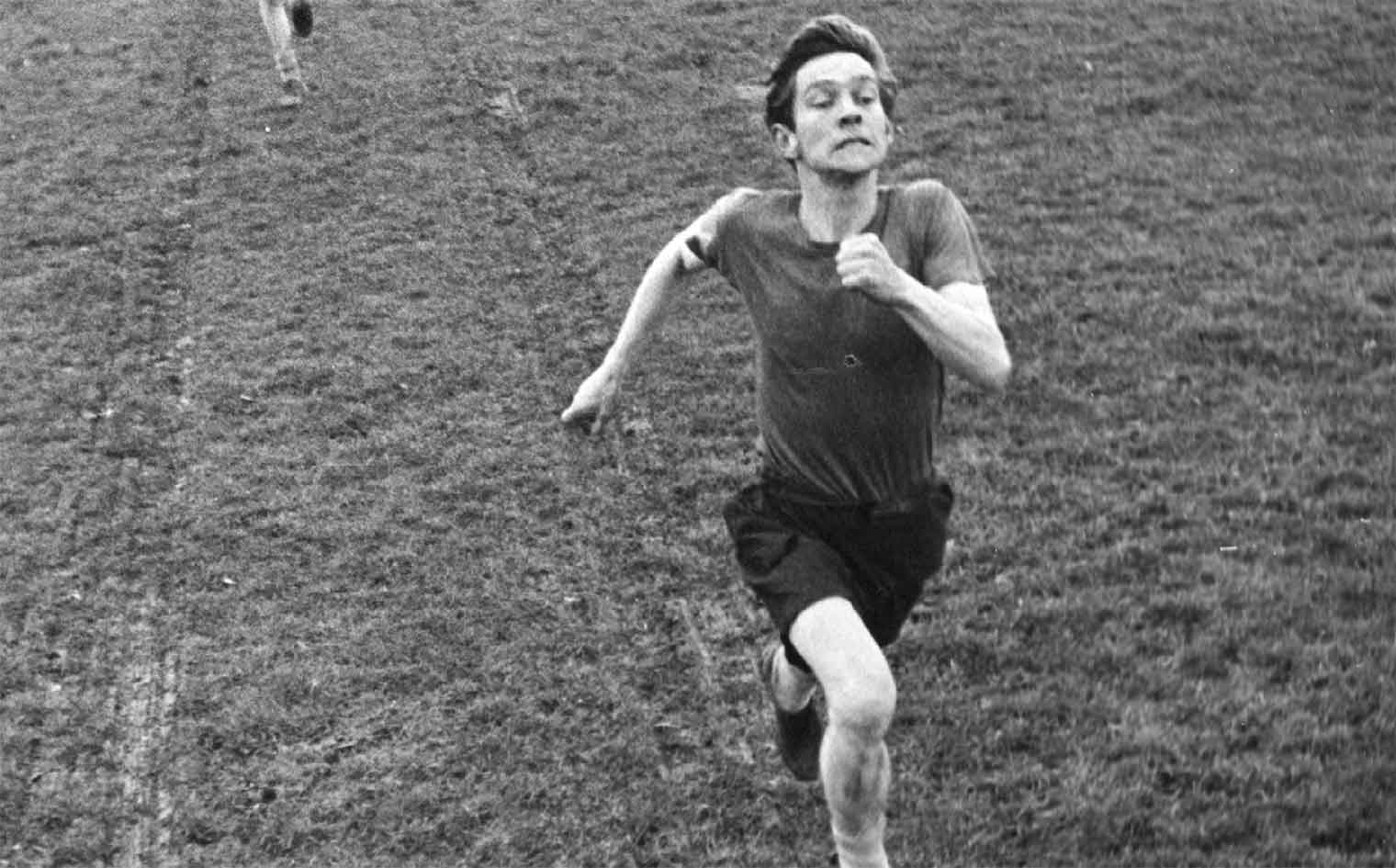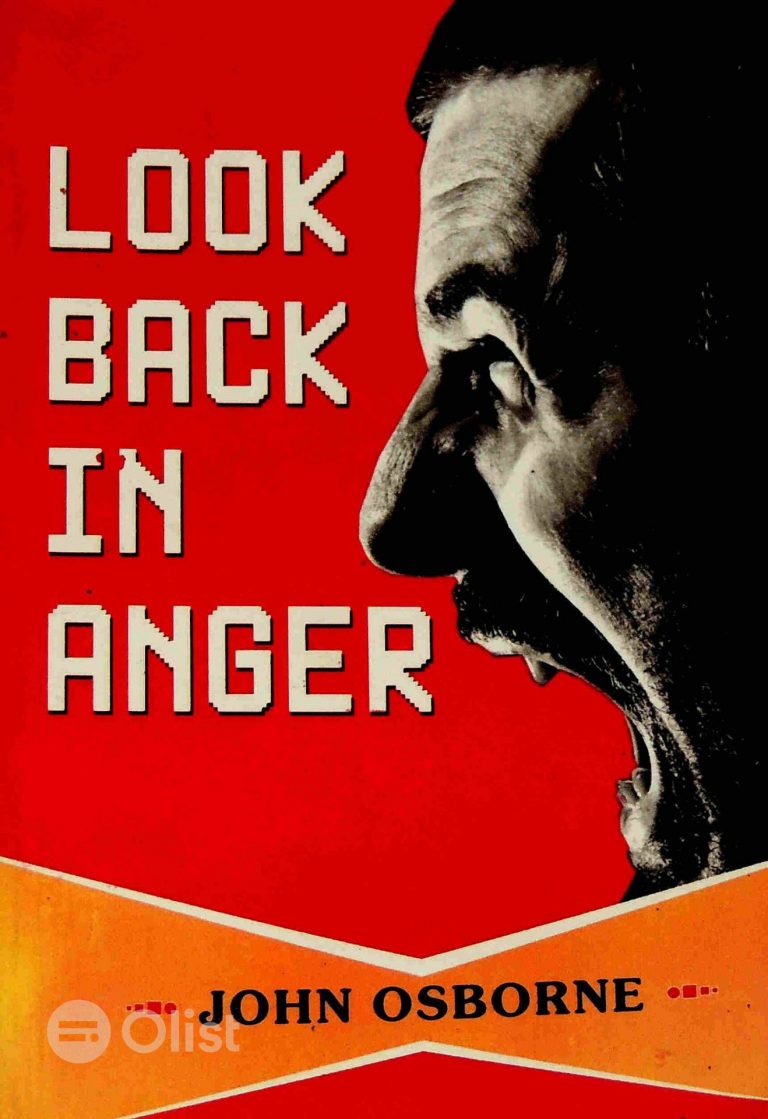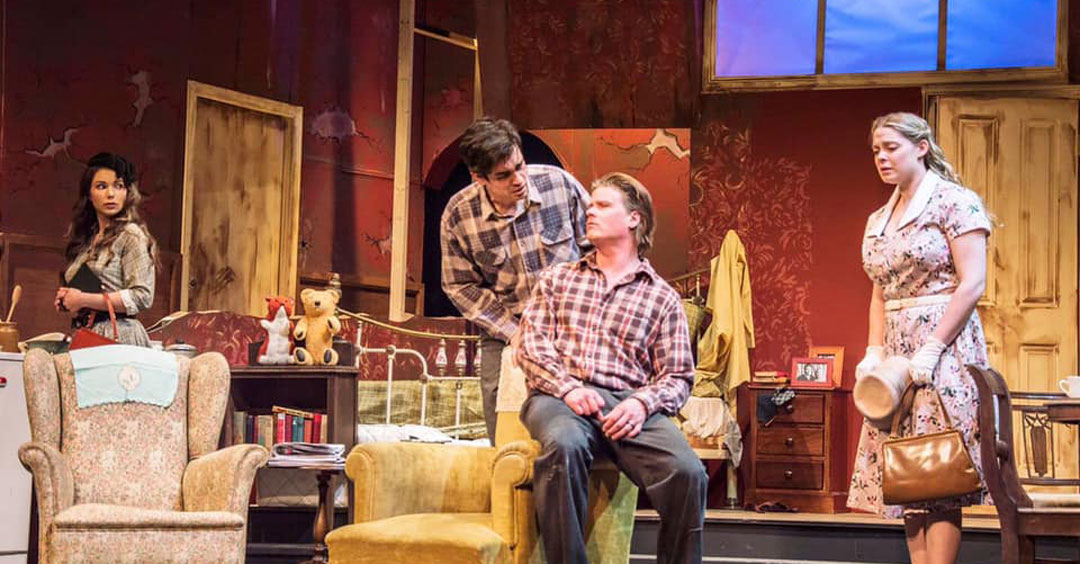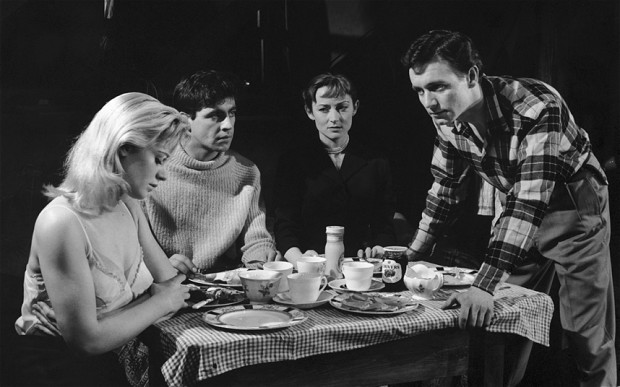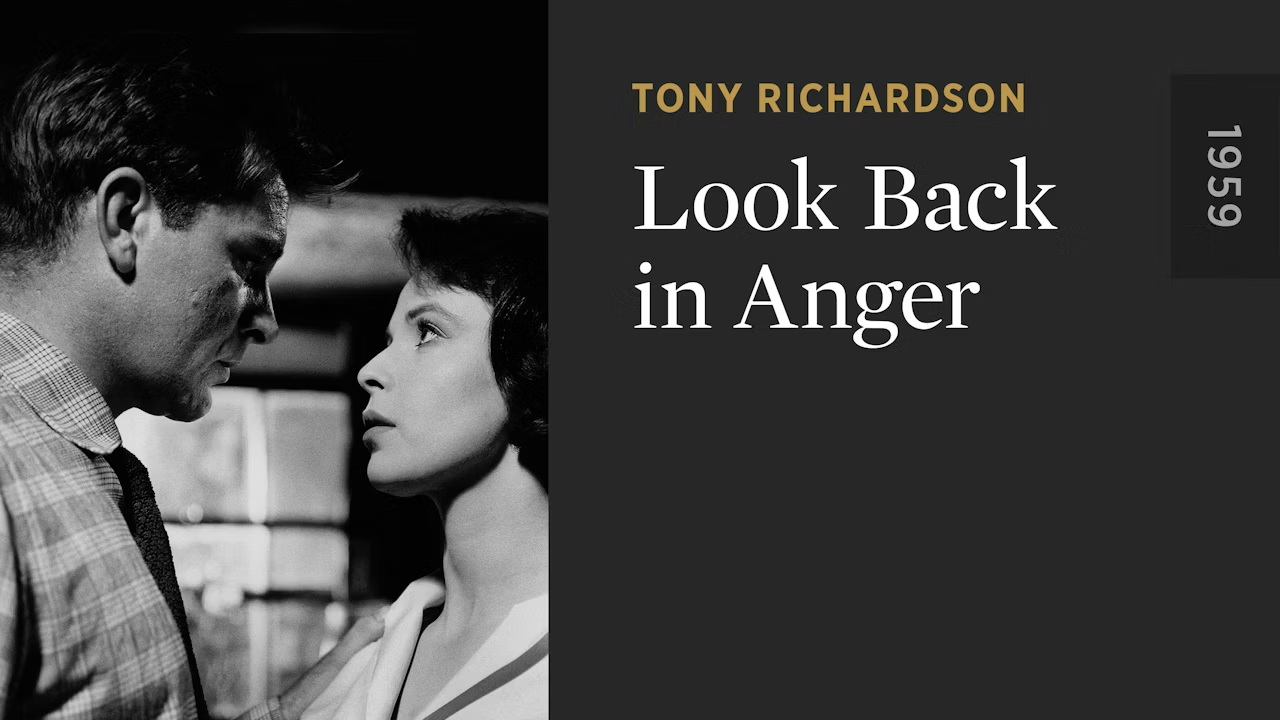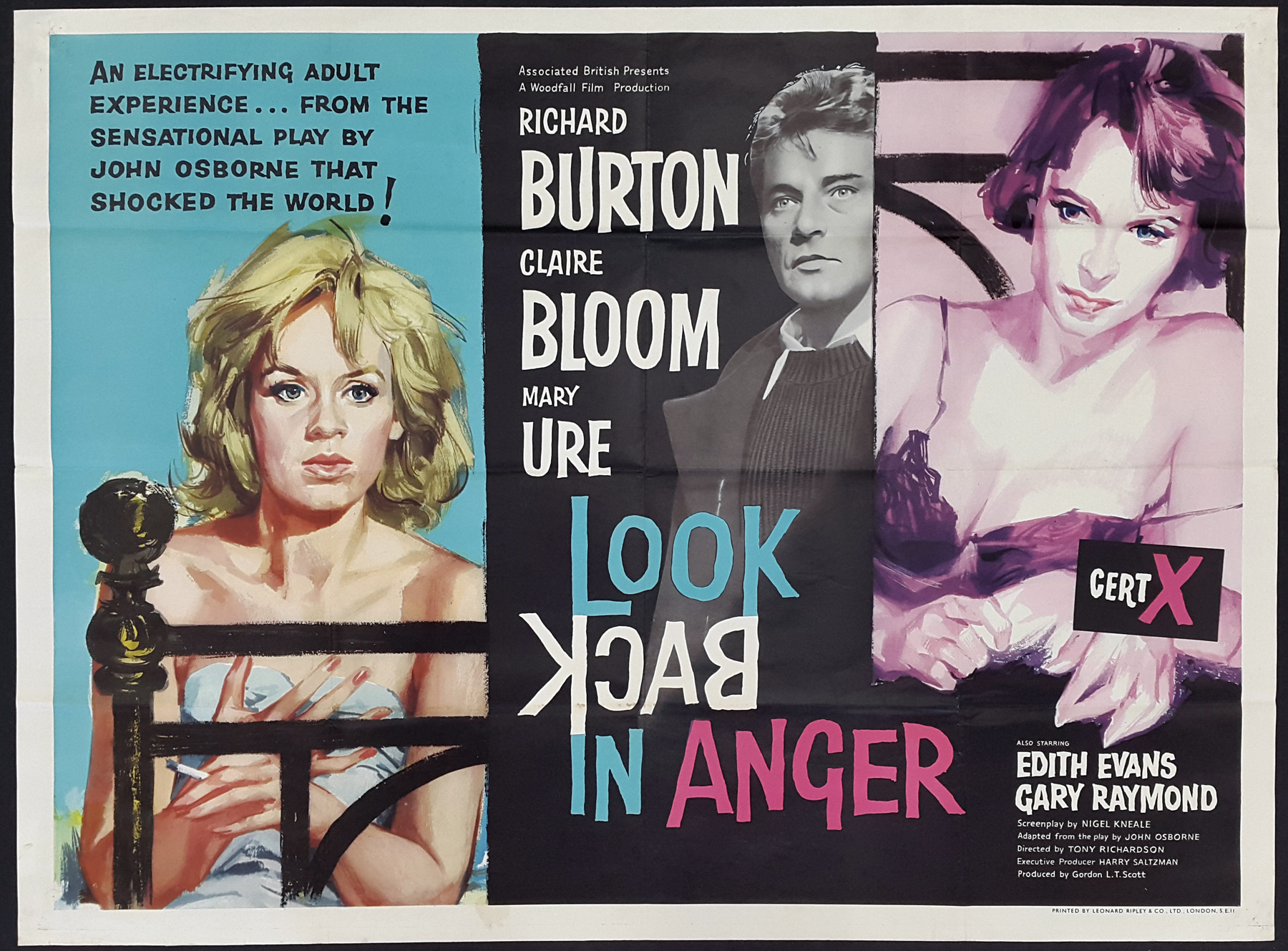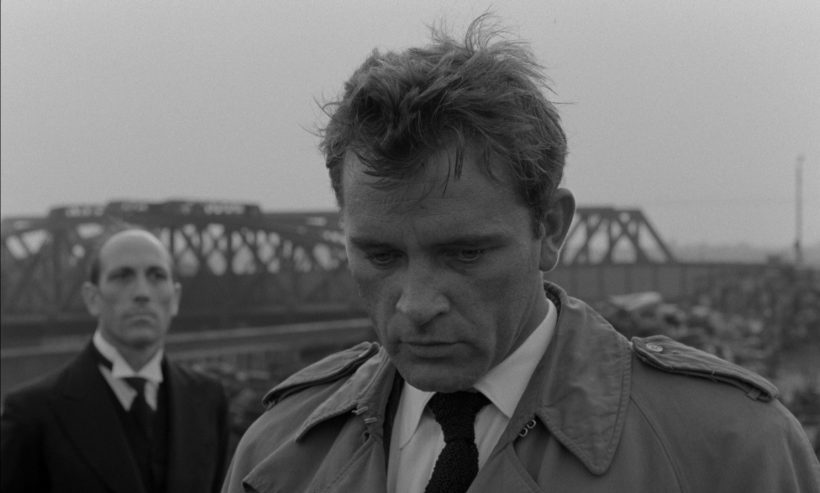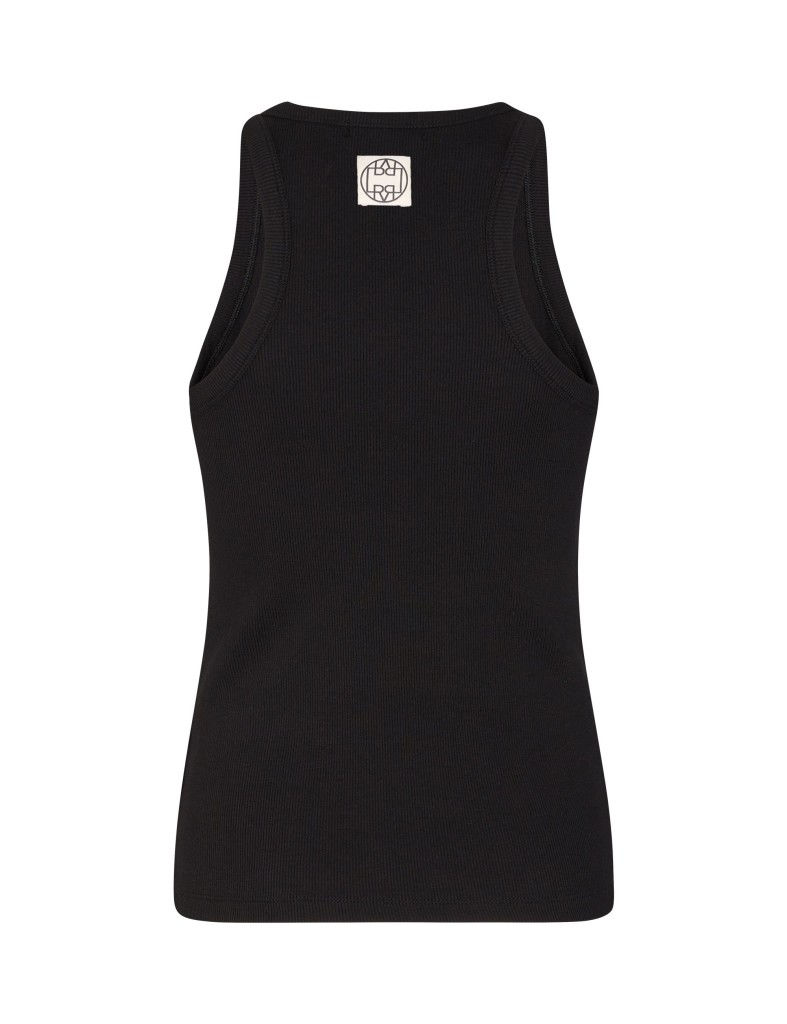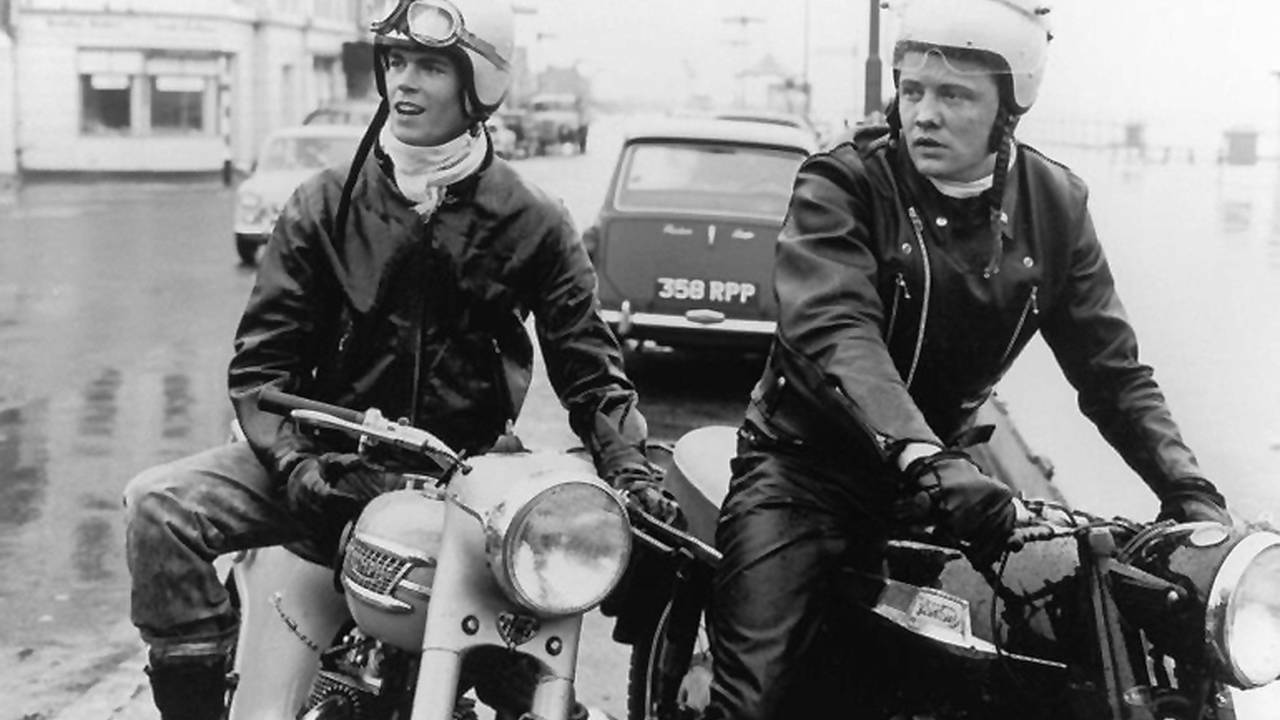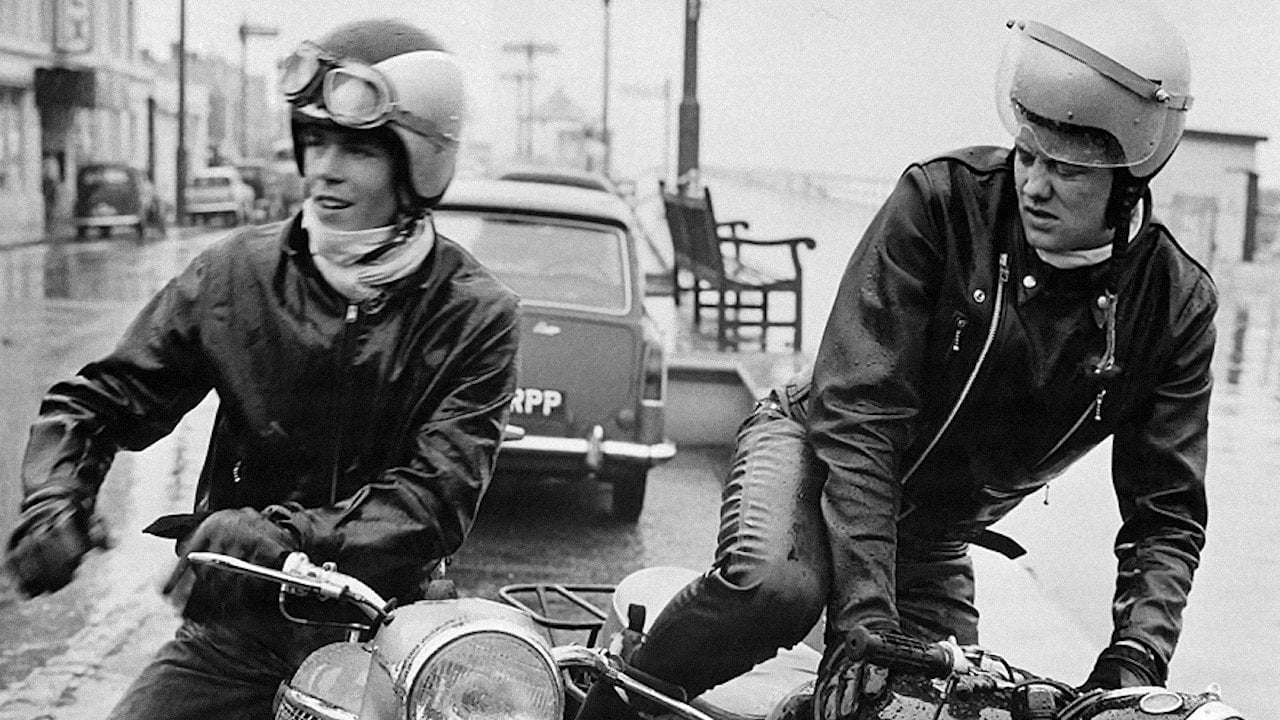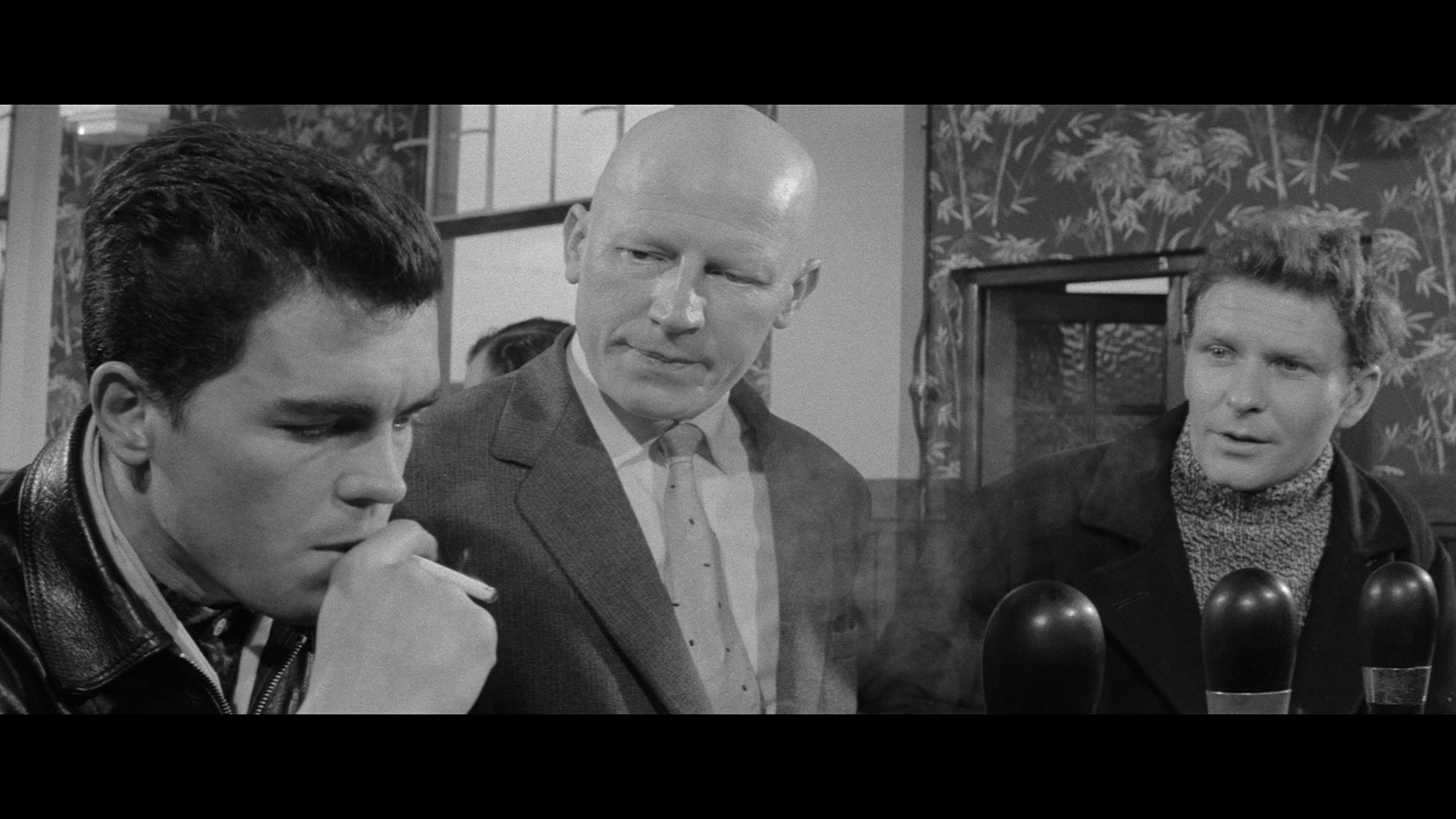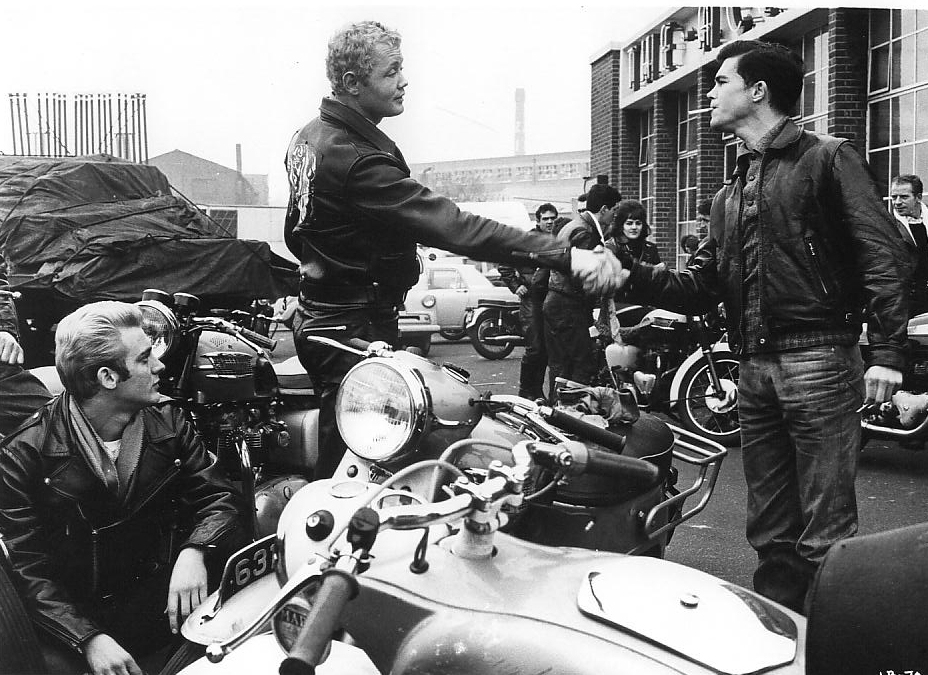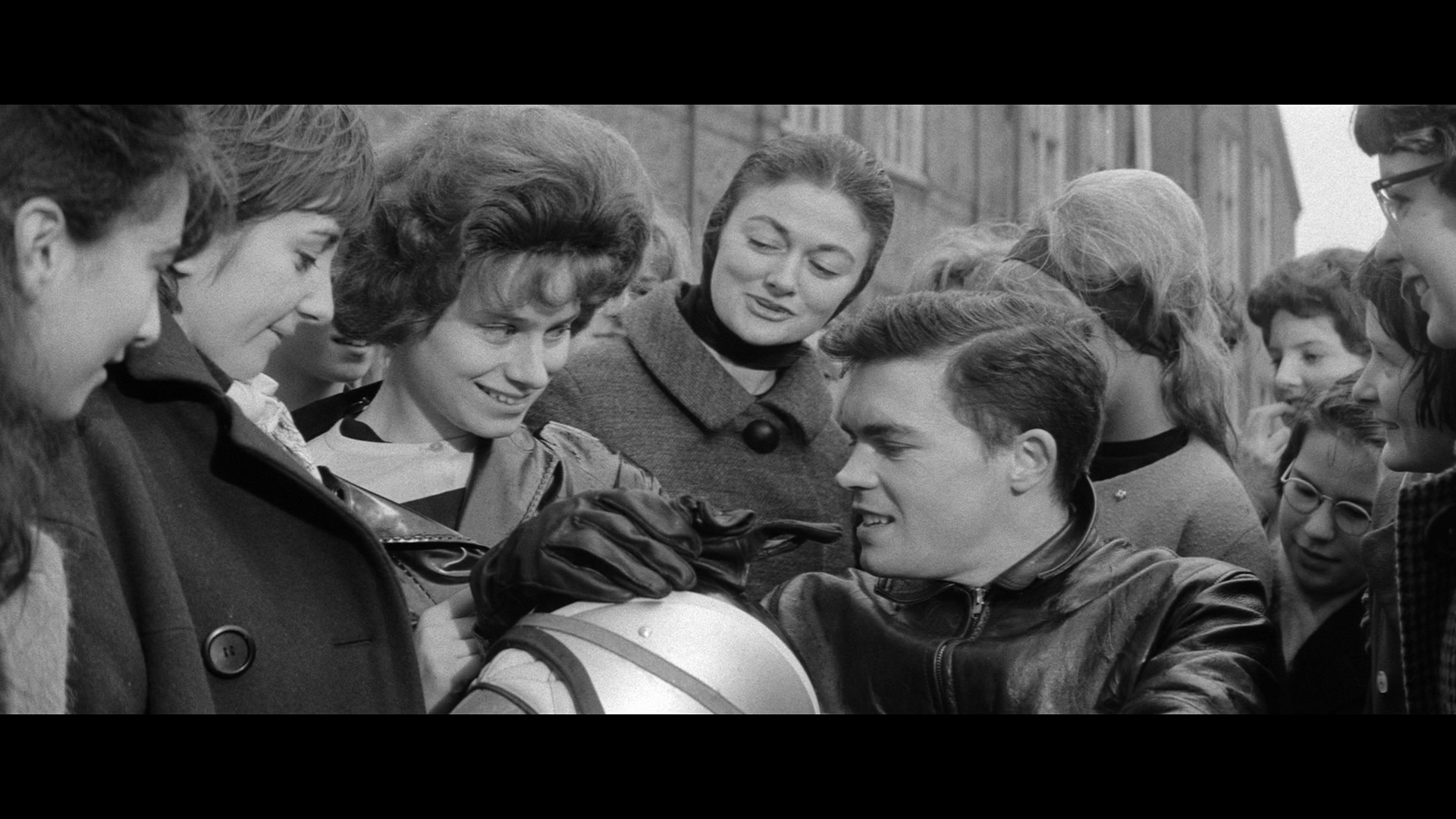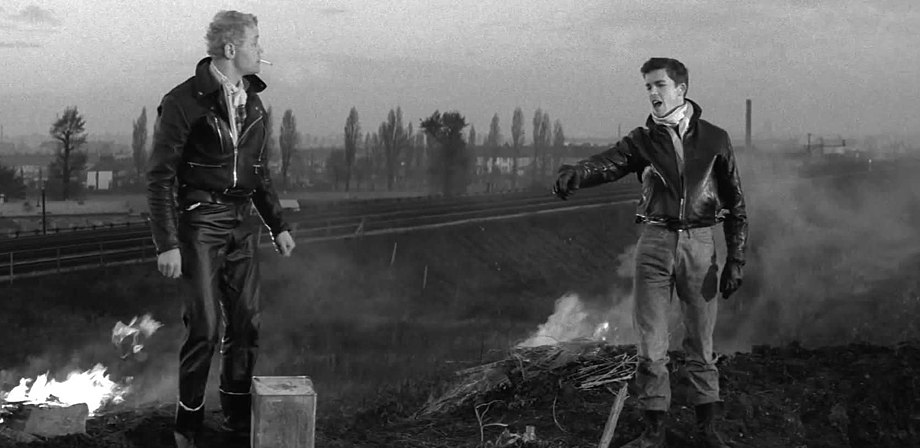When it comes to realism in film, kitchen sink dramas are a genre that have stood the test of time. These films depict the gritty, everyday lives of working-class individuals in post-war Britain. They were known for their raw and honest portrayal of social issues, making them a popular choice among audiences. In this article, we will take a look at the top 10 best kitchen sink realism films that have left a lasting impact on the film industry.Introduction
Saturday Night and Sunday Morning is a 1960 film directed by Karel Reisz. It follows the story of Arthur, a young factory worker who leads a rebellious and promiscuous lifestyle. This film is a prime example of kitchen sink realism, as it portrays the harsh realities of life for the working class in Nottingham. It also deals with themes of class struggle, infidelity, and the monotony of factory work.Saturday Night and Sunday Morning
A Taste of Honey is a 1961 film directed by Tony Richardson. It tells the story of a teenage girl, Jo, who becomes pregnant and must navigate the challenges of being a single mother. This film was praised for its honest portrayal of working-class life and the struggles faced by young women in that society. It also addresses issues of race, class, and sexuality, making it a groundbreaking film for its time.A Taste of Honey
This Sporting Life is a 1963 film directed by Lindsay Anderson. It follows the story of a young coal miner, Frank, who becomes a professional rugby player. This film delves into the harsh realities of working-class life, as Frank faces discrimination and exploitation in his pursuit of success. It also explores themes of love, isolation, and the destructive nature of masculinity.This Sporting Life
A Kind of Loving is a 1962 film directed by John Schlesinger. It tells the story of Vic, a young man who gets a girl pregnant and must deal with the consequences. This film is a poignant depiction of the limited options and expectations for young working-class individuals in the 1960s. It also addresses issues of abortion, fidelity, and the pressure to conform to societal norms.A Kind of Loving
The Loneliness of the Long Distance Runner is a 1962 film directed by Tony Richardson. It follows the story of Colin, a young boy from a working-class family who turns to long-distance running as an escape from his troubled home life. This film explores the themes of rebellion, class struggle, and the impact of institutionalization on youth.The Loneliness of the Long Distance Runner
Look Back in Anger is a 1959 film directed by Tony Richardson. It is based on the play of the same name by John Osborne and is considered a landmark in British cinema. The film centers around Jimmy, a disillusioned young man living in a small flat with his wife and friend. It deals with themes of class, education, and the frustrations of post-war youth.Look Back in Anger
Room at the Top is a 1959 film directed by Jack Clayton. It tells the story of Joe, a young man from a working-class background who is determined to climb the social ladder. This film explores the themes of ambition, social class, and the sacrifices one must make in order to achieve success.Room at the Top
The L-Shaped Room is a 1962 film directed by Bryan Forbes. It follows the story of Jane, a young unmarried pregnant woman who moves into a run-down London boarding house. This film tackles issues of single motherhood, poverty, and the struggles faced by women in the 1960s.The L-Shaped Room
The Leather Boys is a 1964 film directed by Sidney J. Furie. It tells the story of a young couple, Reggie and Dot, who get married after Reggie is conscripted into the army. This film addresses themes of masculinity, homosexuality, and the societal pressures faced by young men in the 1960s.The Leather Boys
Kitchen Sink Realism: A Raw and Realistic Portrayal of Domestic Life

The Rise of Kitchen Sink Realism
 Kitchen sink realism is a genre of film that emerged in the late 1950s and early 1960s in Britain. It gained popularity during a time when the country was going through significant social changes and a working-class movement was on the rise. This movement was reflected in the films of that era, which focused on everyday people and their struggles with poverty, class issues, and the harsh realities of domestic life. The term "kitchen sink realism" was coined by British playwright John Osborne, and it refers to the raw and unfiltered portrayal of working-class life in Britain at the time.
Kitchen sink realism is a genre of film that emerged in the late 1950s and early 1960s in Britain. It gained popularity during a time when the country was going through significant social changes and a working-class movement was on the rise. This movement was reflected in the films of that era, which focused on everyday people and their struggles with poverty, class issues, and the harsh realities of domestic life. The term "kitchen sink realism" was coined by British playwright John Osborne, and it refers to the raw and unfiltered portrayal of working-class life in Britain at the time.
Characteristics of Kitchen Sink Realism Films
 Kitchen sink realism films
are known for their gritty and
realistic
depictions of domestic life. These films often showcase the mundane and ordinary aspects of everyday life, with a focus on the working-class and their struggles.
Authenticity
is a crucial element of these films, with many featuring non-professional actors and
real-life
locations. The use of natural lighting and hand-held cameras also adds to the
realism
of these films, making the audience feel like they are witnessing a slice of life rather than a staged production.
Kitchen sink realism films
are known for their gritty and
realistic
depictions of domestic life. These films often showcase the mundane and ordinary aspects of everyday life, with a focus on the working-class and their struggles.
Authenticity
is a crucial element of these films, with many featuring non-professional actors and
real-life
locations. The use of natural lighting and hand-held cameras also adds to the
realism
of these films, making the audience feel like they are witnessing a slice of life rather than a staged production.
Notable Kitchen Sink Realism Films
 One of the first and most prominent kitchen sink realism films is "Look Back in Anger" (1959), based on John Osborne's play of the same name. This film follows the story of a working-class man who struggles with his marriage and society's expectations. Another notable film is "Saturday Night and Sunday Morning" (1960), which explores the life of a young factory worker in Nottingham and his affairs with a married woman. "Kes" (1969) is another classic kitchen sink realism film that tells the story of a young boy who finds solace in training a kestrel, amidst the harsh realities of his working-class life.
One of the first and most prominent kitchen sink realism films is "Look Back in Anger" (1959), based on John Osborne's play of the same name. This film follows the story of a working-class man who struggles with his marriage and society's expectations. Another notable film is "Saturday Night and Sunday Morning" (1960), which explores the life of a young factory worker in Nottingham and his affairs with a married woman. "Kes" (1969) is another classic kitchen sink realism film that tells the story of a young boy who finds solace in training a kestrel, amidst the harsh realities of his working-class life.
The Impact of Kitchen Sink Realism
 Kitchen sink realism films were groundbreaking for their time, as they challenged the conventional portrayals of working-class life in cinema. They provided a voice to the working-class and brought their struggles to the forefront, making them relatable to a wider audience. These films also had a significant influence on later movements like
social realism
and
neo-realism
, which continued to explore the
authentic
and
raw
depiction of everyday life. Kitchen sink realism films remain relevant to this day and continue to inspire filmmakers to tell honest and
realistic
stories about domestic life.
Kitchen sink realism films were groundbreaking for their time, as they challenged the conventional portrayals of working-class life in cinema. They provided a voice to the working-class and brought their struggles to the forefront, making them relatable to a wider audience. These films also had a significant influence on later movements like
social realism
and
neo-realism
, which continued to explore the
authentic
and
raw
depiction of everyday life. Kitchen sink realism films remain relevant to this day and continue to inspire filmmakers to tell honest and
realistic
stories about domestic life.
In Conclusion
 Kitchen sink realism films are a powerful and
authentic
portrayal of domestic life, showcasing the struggles and realities of the working-class. These films have left a lasting impact on cinema and continue to be an essential part of the
social and cultural
landscape. They provide a glimpse into the
real
lives of everyday people and remind us of the
universality
of human experiences.
Kitchen sink realism films are a powerful and
authentic
portrayal of domestic life, showcasing the struggles and realities of the working-class. These films have left a lasting impact on cinema and continue to be an essential part of the
social and cultural
landscape. They provide a glimpse into the
real
lives of everyday people and remind us of the
universality
of human experiences.
